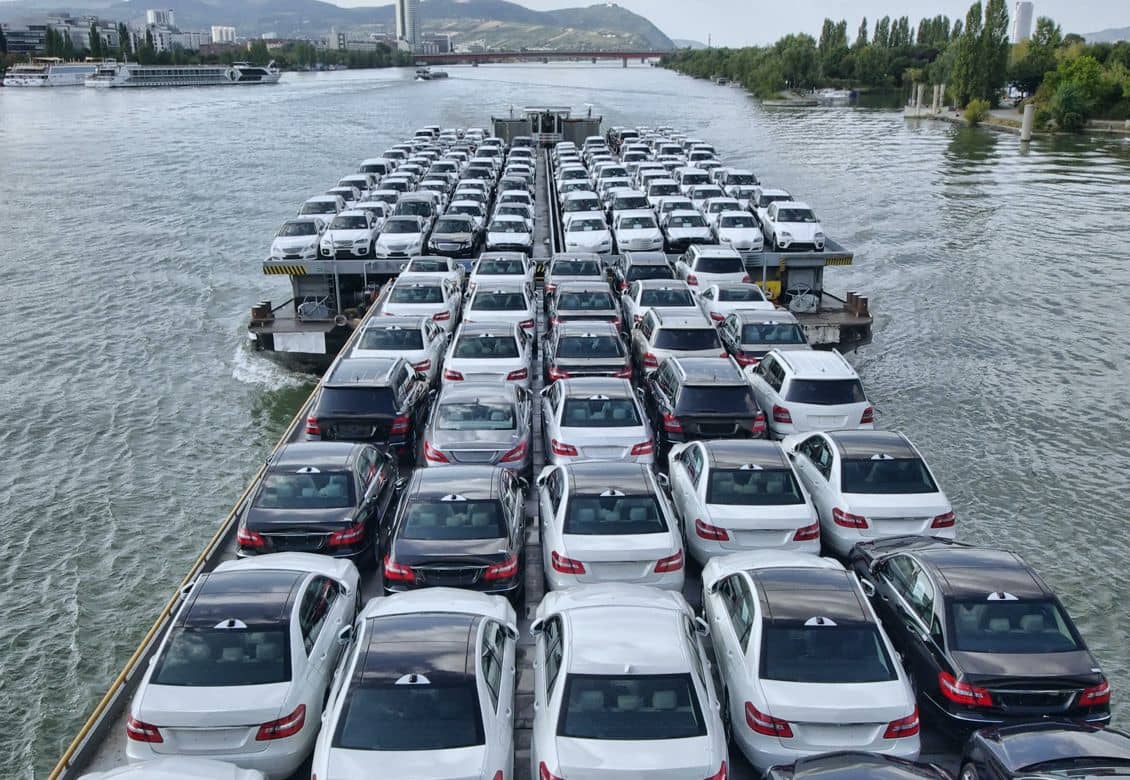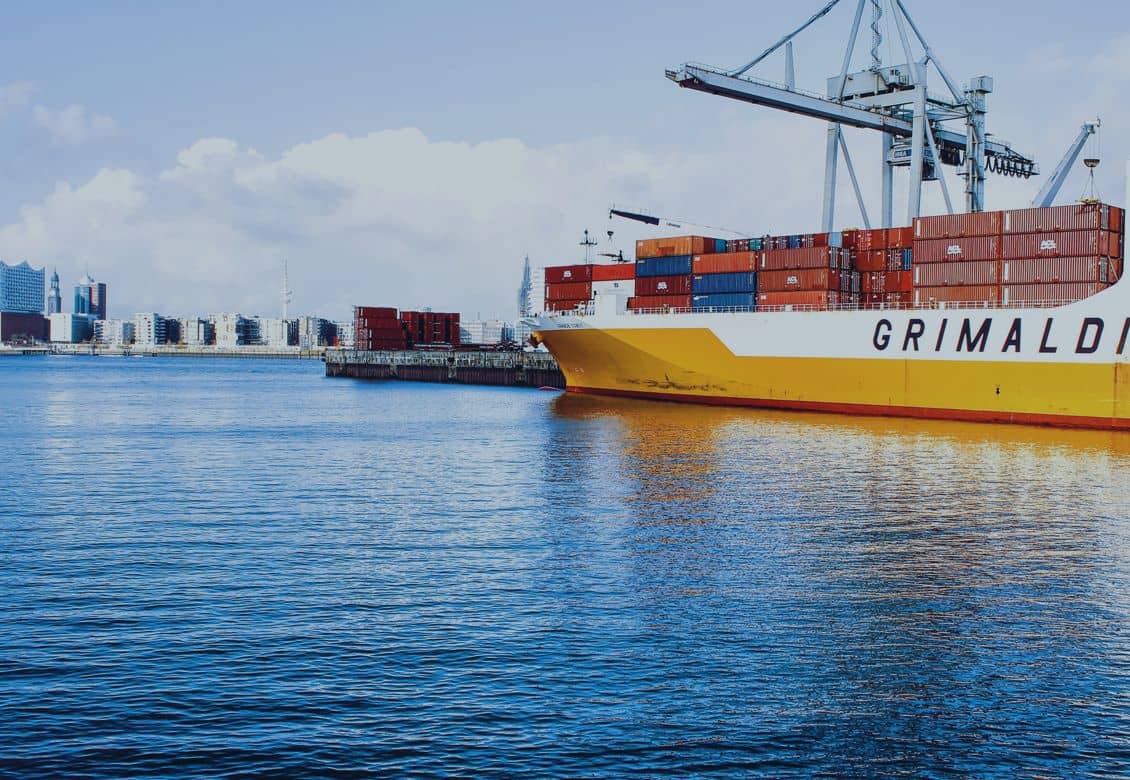International car shipping made easy
Contact us for a customized quote at (888) 666-8929
Read what other international shippers say about their experience with Montway

Other benefits of international car shipping with Montway


Your options for international vehicle shipping
Why choose Montway for international car shipping
Montway is the industry car shipping leader and has established a network of 15,000 car carriers. Additionally, Montway partners with some of the largest dealers in the country. We are a proud member of Inc. 500 named one of the fastest growing companies in the United States, and we were ranked #8 on the 2017 Fast 50 List by Crain’s Chicago Business for sustaining progressive growth. Montway is one of the best car shipping companies.
1019000+
Satisfied customers
We want all of our customers to be happy with their international vehicle shipping. We provide a personalized approach to every order to ensure stress-free shipping each time.
16+ years
In business
Car shipping is all we do. We started a decade ago and continue to implement the newest market innovations to keep our customers happy.
1128000+
Cars delivered nationwide
With hundreds of thousands of vehicles delivered successfully, we’re prepared to handle every possible scenario.
15,000+
Trucker network
All of our truckers are chosen because of their dedication and high-quality service standards.
Frequently asked questions about international car shipping
When is my vehicle going to be picked up?
After an order is placed, we search our vast car carrier network to find a trucker to transport your vehicle. We will assign the best one available and give you an estimated pick-up time. The trucker will call you to confirm all the details ahead of schedule.
What paperwork will I need to provide to the port or airport for international car shipping?
That depends on the airplane or marine transport company, as well as on the respective airport/port. We will help you in every way we can with this matter.
Are items left in the car insured?
No, they are not. We recommend that all items, including important documents, are removed from the inside of the vehicle.
Is my vehicle insured during international transport?
Yes, it is. The insurance that will cover your automobile is the trucker’s cargo insurance. We have special requirements for all carriers that we work with in terms of the limit of their cargo insurance. Montway’s contingent insurance during the U.S. portion of the transport also helps to further protect your vehicle. The international marine carriers will inform you of their own coverages when the vehicle leaves the U.S.
What is my transit time with Montway?
Your shipping time will be calculated based on the distance of your move. We will provide you with this information when you get your quote and again when you place an order with us. It will be listed as transit time. Since each delivery is unique, it is possible that your car could be delivered faster than the estimated transit time provided.
Ready to get your international car shipping quote to or from a port or airport?
Call us for a customized quote at (888) 666-8929 today!




